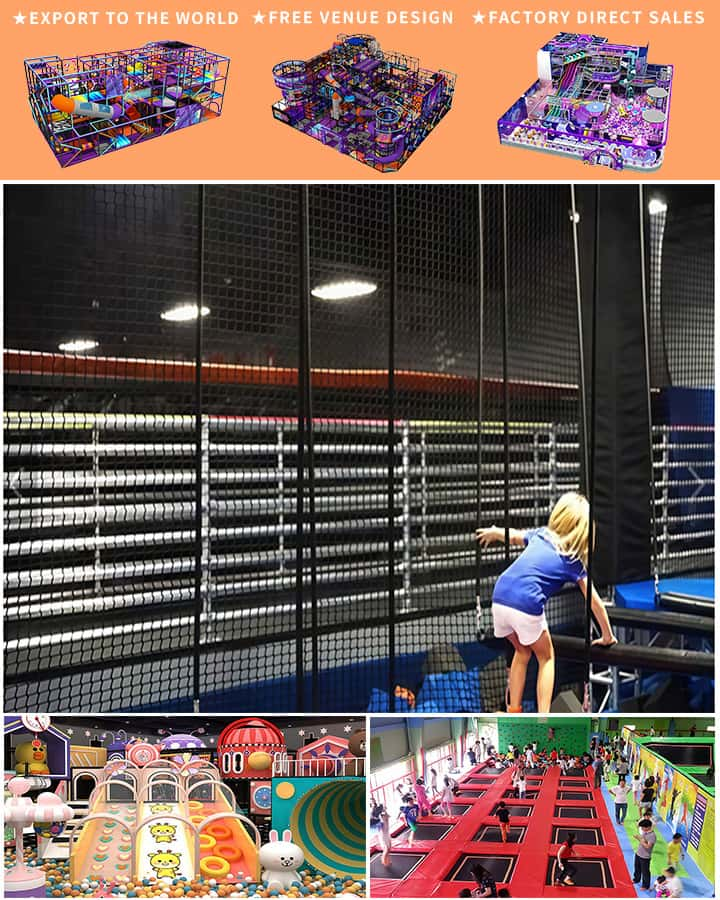In an ever-evolving society that strives for inclusivity and equality, the importance of accessible playground equipment cannot be overstated. Children with disabilities or special needs have just as much right to enjoy outdoor play as their peers, and accessible playgrounds provide them with a safe and engaging environment. Securing grants for accessible playground equipment can often be the key to making this vision a reality. Here’s a comprehensive guide to help you navigate the process of obtaining these vital funds.
Understanding the Importance
Accessible playgrounds are designed to accommodate children of all abilities, ensuring that everyone can participate in the joy of play. This includes features like wheelchair-accessible swings, transfer stations, adaptive play structures, and sensory-rich elements that cater to children with varying physical and cognitive abilities. The presence of such amenities encourages social interaction and helps build confidence and independence among children with disabilities.
Step-by-Step Process to Secure Grants
- Research Available Grants
- Start by researching various grant opportunities at local, state, and federal levels. Government agencies, non-profit organizations, private foundations, and community groups often provide funding specifically aimed at enhancing accessibility. Some prominent examples include the U.S. Department of Health & Human Services (HHS), the National Recreation and Park Association (NRPA), and local parks departments.

- Assess Community Needs
- Conduct a thorough assessment of your current playground facilities and identify specific areas that need improvement to become more accessible. Engage with local families, especially those with children who have disabilities, to understand their needs and gather their input. Surveys, interviews, and public forums can be effective methods for gauging community interest and requirements.
- Develop a Detailed Plan
- Create a detailed plan outlining your project goals, timelines, budget, and expected outcomes. Include specifications on the type of accessible equipment you intend to install, estimated costs, maintenance plans, and how the project aligns with your community’s broader objectives. Clearly articulate the benefits this will bring to the community, emphasizing inclusivity and equal opportunity for all children.
- Prepare a Compelling Application
- Follow the guidelines provided by each grantor meticulously when preparing your application. Ensure your proposal is well-written, concise, and persuasive. Highlight your community’s commitment to inclusivity, provide evidence of need based on your assessments, and outline how the project will be sustainable in the long term. Visual aids, such as photos of existing conditions and proposed designs, can significantly strengthen your application.
- Build Partnerships
- Collaborate with local schools, community centers, advocacy groups, and businesses to bolster your application. Demonstrating widespread community support can increase your chances of securing funding. Partnerships can also provide additional resources, volunteer labor, and expertise to enhance the project’s success.
- Apply for Multiple Funds
- Maximize your chances by applying for multiple sources of funding. While some grants focus solely on playground equipment, others may offer grants for broader community improvements that could encompass accessibility upgrades. Be mindful of deadlines and tailor each application to meet the specific requirements of the funders.
- Monitor and Report
- Once funded, maintain diligent records of project expenses and progress. Many grantors require periodic reports to ensure funds are being used appropriately. Transparency and accountability not only fulfill grant requirements but also build trust within the community.
Success Stories
Across the nation, countless communities have successfully leveraged grants to transform ordinary playgrounds into inclusive spaces. For instance, a small town in Ohio received a grant from the NRPA to install a state-of-the-art inclusive playground featuring adaptive swing sets, sensory paths, and interactive musical instruments. Another example is a suburban city in California that partnered with a local non-profit to secure funding for ramp installations and specialized play structures, resulting in a dramatic increase in participation by children with diverse abilities.
Conclusion
Securing grants for accessible playground equipment requires meticulous planning, dedication, and collaboration. By understanding the importance of inclusivity, thoroughly researching available funds, and preparing compelling applications, communities can successfully obtain the financial support needed to make playgrounds more accessible to all children. With determination and community backing, we can create environments where every child has the opportunity to play freely and joyfully.




